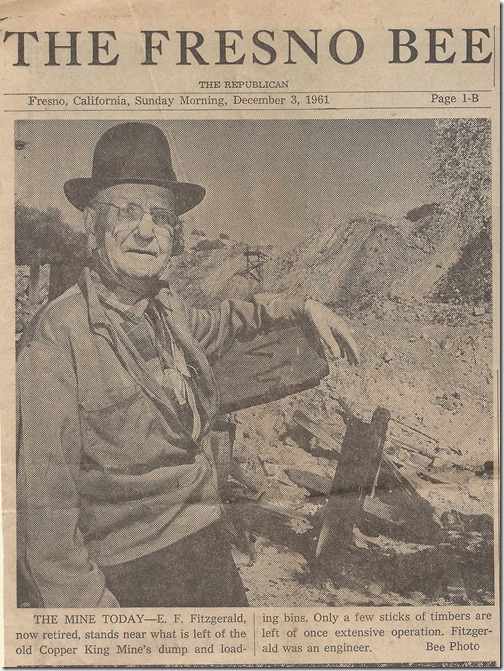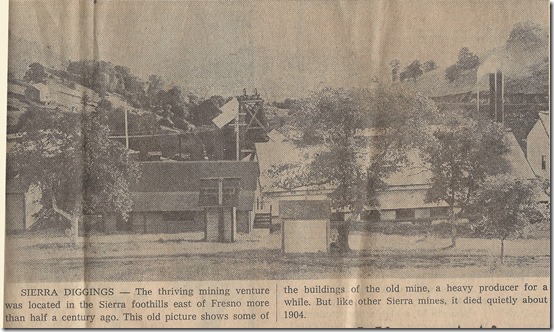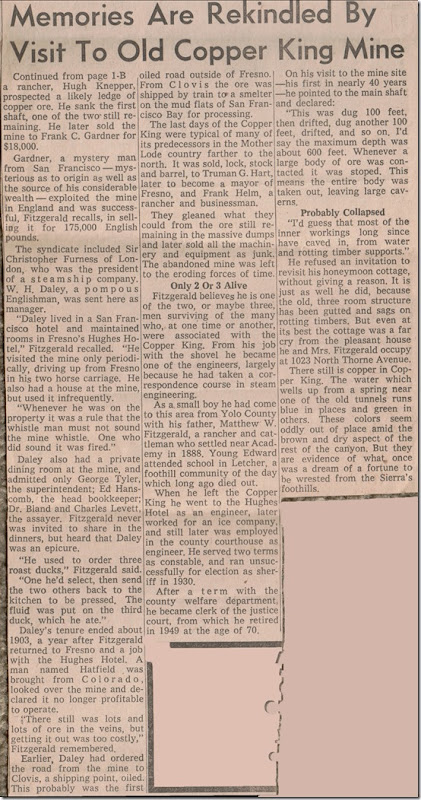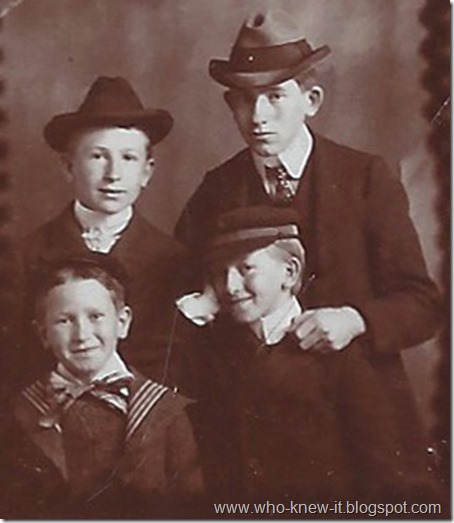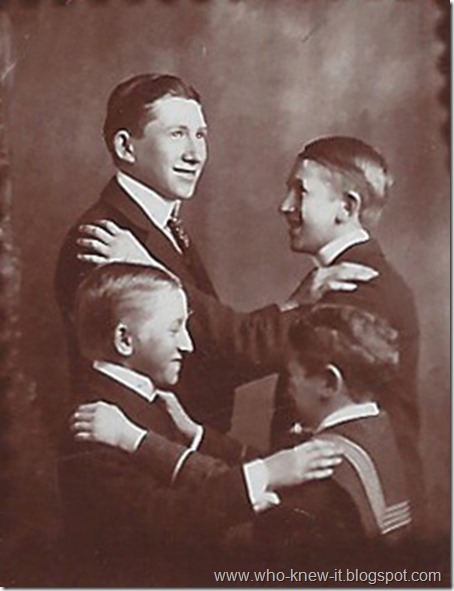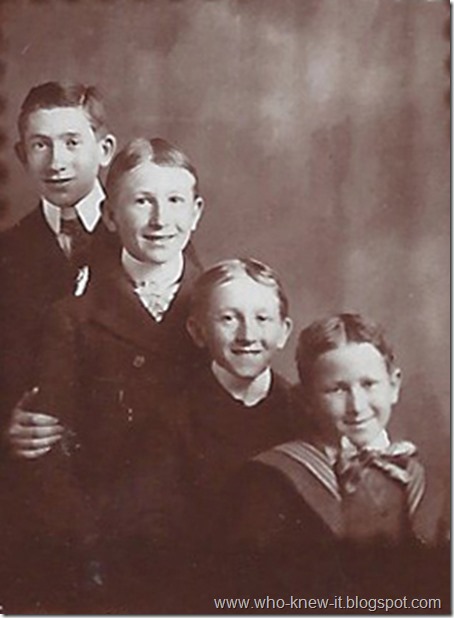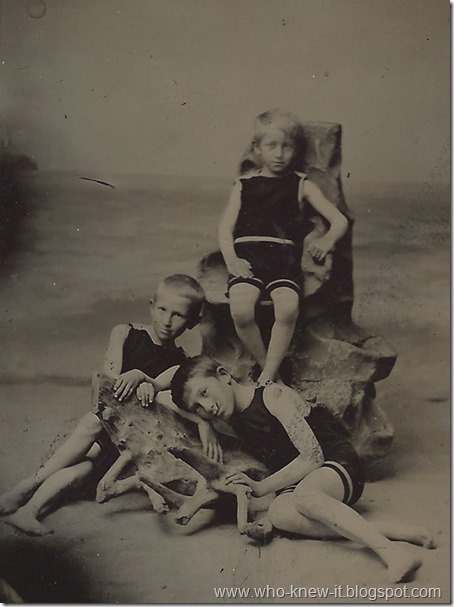What’s interesting about this exercise is that I’ve actually given it quite a bit of thought as when my mother died at the age of 84, I thought back to her mother, and her mother, and her mother and I thought they were all about the same age. It made me realize that I’d really like to go from age 83 to about age 85 and just bypass those ages altogether.
So an added exercise for me was to identify the ages of those women, in addition to five generations.
My mother, Geraldine (Martin) Levy, died 15 days before her 85th birthday. So 84 years old.
Her mother, Clara (Fitzgerald) Martin Hunter, died at the age of 84. Uh-oh.
 |
Geraldine (Martin) Levy & Clara (Fitzgerald) Martin Hunter
|
 |
Mabel (McAboy) Fitzgerald
|
Mabel’s mother, Rebecca (Waller), died at the age of 83 years, 2 months.
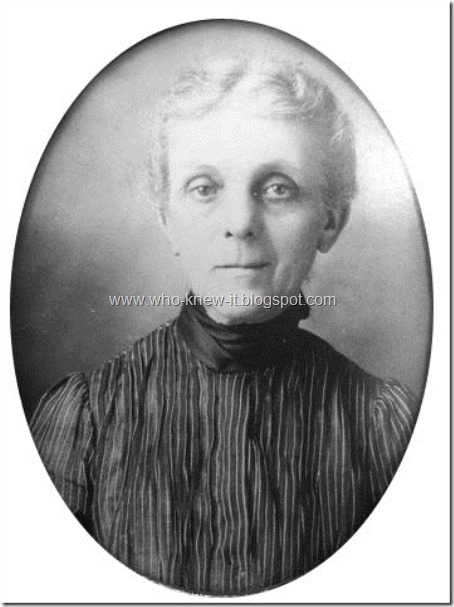 |
Rebecca (Waller) McAboy
|
See? I’m turning 83 and then poof – I’m gonna be 85!
Okay, so back to the original exercise. Some of my math might not look correct as I took into account the age at their last birthday.
Mother
Geraldine (Martin) Levy – 1928-2013 – 84 years
Grandmothers
Clara Maxine (Fitzgerald) Martin Hunter – 1903-1987 – 84 years
Mildred Loraine (Gunzendorfer) Levy – 1896-1982 – 86 years
Great Grandmothers
Mabel Viola (McAboy) Fitzgerald – 1883-1966 – 83 years
Frances Maria (Brooks) Martin – 1860-1936 – 75 years
Bertha (Schwartz) Gunzendorfer – 1872-1950 – 78 years
Goldie (Benas) Levy – 1864-1926 – 62 years
2nd Great Grandmothers
Rebecca (Waller) McAboy – 1845-1928 – 83 years
Julia (Horgan) Fitzgerald – 1849-1886 – 37 years
Sarah (Miller) Brooks Anderson – 1836-1923 – 86 years
Rebecca (Steen) Schwartz – 1848-1918 – 70 years
Fannie (Goldstein) Gunzendorfer – 1848-1910 – 62 years
Fredericka (Wilzinski) Benas – 1840-1915 – 75 years
Millicent (Moore) Martin – 1827-1884 – 56 years
Unknown ( ) Levy
3rd Great Grandmothers
Rebecca (Parker) Waller – 1814-1845 – 30 years
Margaret (Finley) Miller – 1812-1884 – 72 years
Monima (Williams) Brooks – 1801-1867 – 66 years
Hannah (Plotzkey) Steen – 1828-1909 – 80 years
Margaret (Callahn) Horgan – Unknown
Sarah (Frankel) Goldstein – 1838-1897 – 59 years
Sarah (Mann) McAboy – 1825-1910 – 85 years
Margaret (Cullen) Fitzgerald – Unknown
Amelia (Jackson) Wilzinski – 1816-1902 – 86 years
Elizabeth (McDaniel) Moore – 1808-1867 – 59 years
Tabitha (Rodgers) Martin – 1800-1860 – 60 years
Unknown x 5
The female ancestor to live the longest was Sarah Jane (Miller) Brooks Anderson at 31,586 days. Sarah’s first husband (and my 2nd great grandfather) was killed in the Battle of Fredericksburg and at one point she moved across country from South Carolina to California – what stories she would have had!
A close runner-up was my grandmother whom I’ve written so much about, Mildred Loraine (Gunzendorfer) Levy at 31,519 days. Besides my parents, I probably know more about her than any other ancestor.
The ancestor to live the least amount of time was Rebecca (Parker) Waller, my 3rd great grandmother. Rebecca died at the age of 30, within days of giving birth to my 2nd great Grandmother, Rebecca (Waller) McAboy.
The average age of the 23 women I know the age for at the time of their death was about 70 years old.
It sure is hard to see how many of these women died at an age younger than I am today. But I’m not dwelling on that, at least not until I get to be 83 years old!


